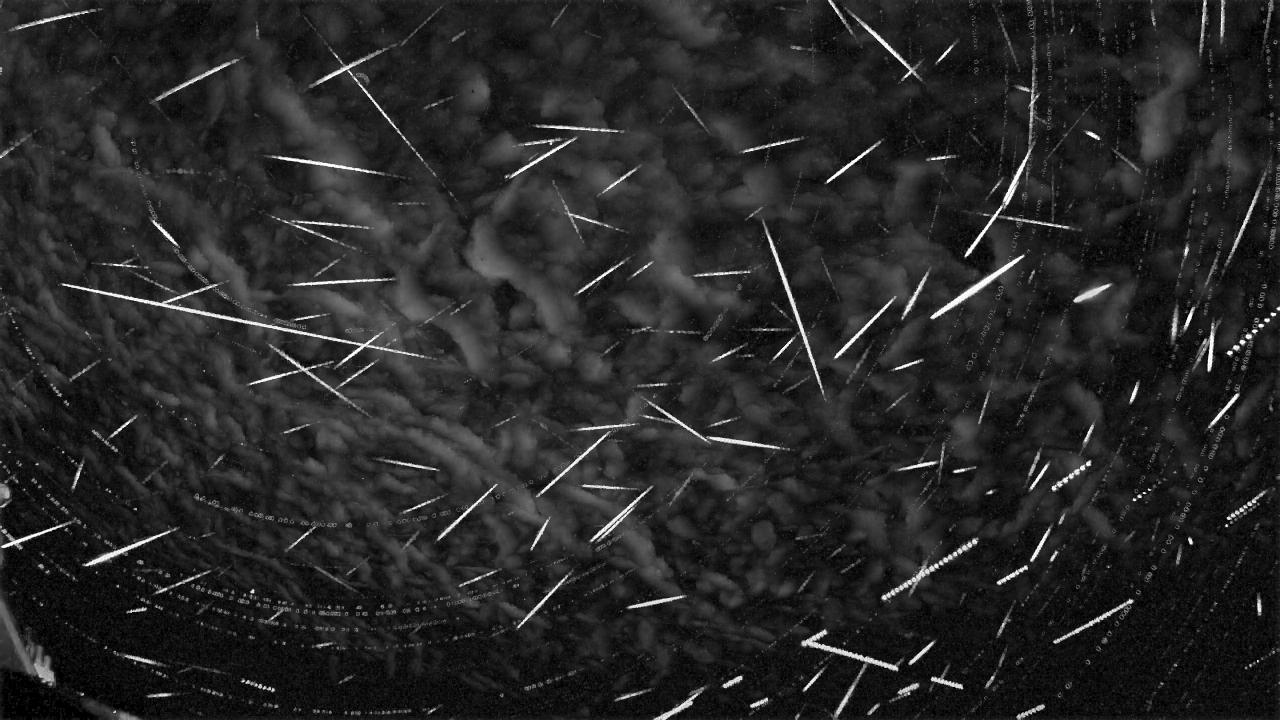Meteor spectroscopy is the study of the light emitted, or absorbed, by meteors as they enter Earth’s atmosphere. When a meteor enters the atmosphere, it ionizes the air molecules along its path, creating a glowing meteor trail (shooting star). This trail emits light across a range of wavelengths, which can be analyzed using spectroscopy.
Spectroscopy involves breaking down light into its component wavelengths, much like a prism separates white light into a rainbow of colours. By analyzing the spectrum of light emitted, or absorbed, by a meteor, we can learn valuable information about its composition, velocity, and other physical properties.
While meteor spectroscopy is a whole research field in itself involving rather expensive analytical equipment, it can also be done using a relatively cheap digital camera (DLSR camera), easy to buy diffraction gratings, and freely available spectral analysis software.
Full instructions can be found in this Society for Popular Astronomy article, which I intend to use sometime later this year to generate some meteor spectrums myself and poste here.

